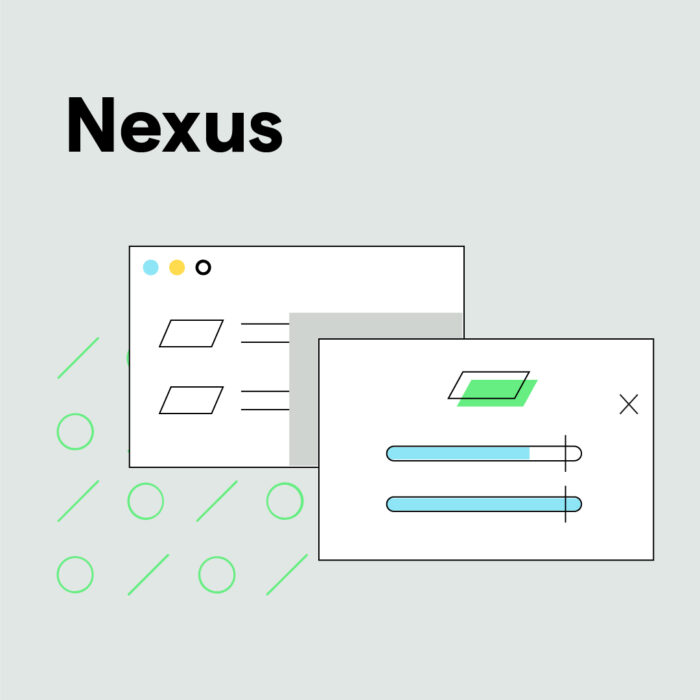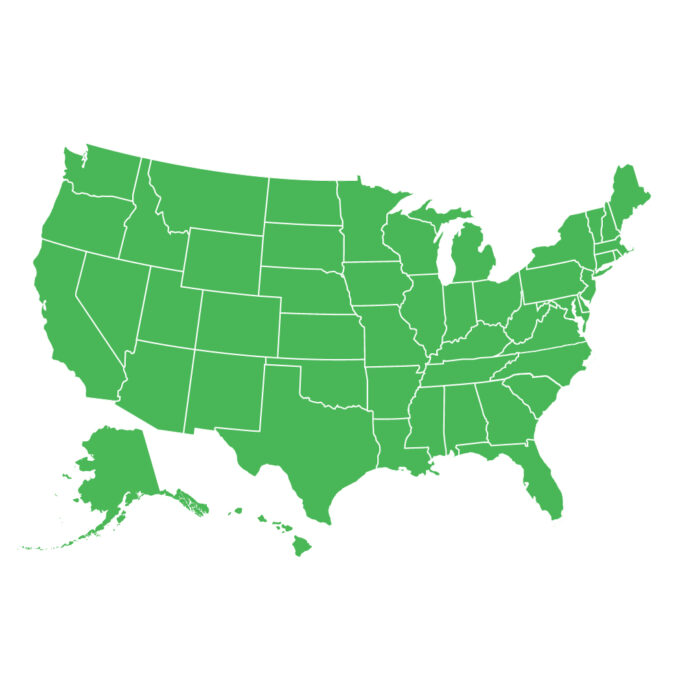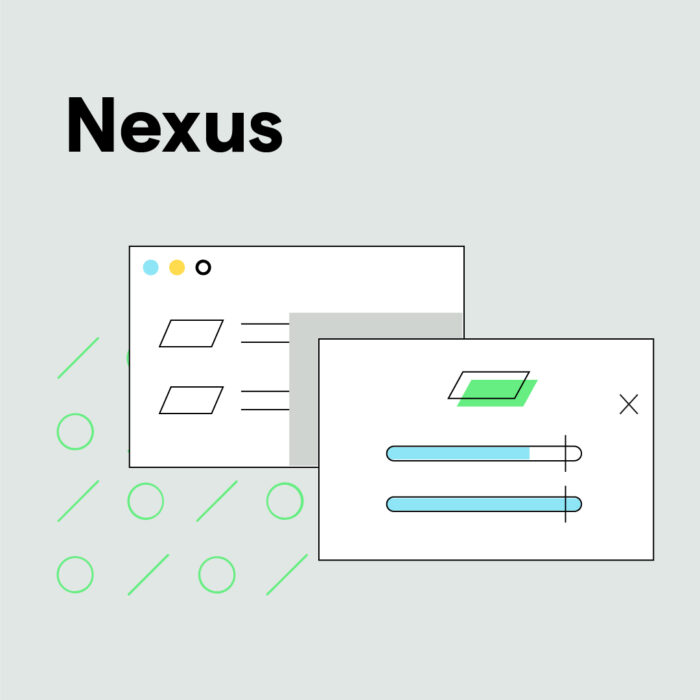Drop shipping and sales tax, demystified
by September 17, 2024
Sometimes your small business takes an order for a product you don’t actually have in stock at your location. You might not even actually carry that item, nor have you ever carried that item. However, because you love your customers and want to cater to their needs, you ordered the item from a third party; maybe a wholesaler warehouse, or a manufacturer.
If you’ve ever done this in the past, or were thinking about pulling off this type of transaction, this is called a drop shipment. While it’s definitely not the most common way of conducting an eCommerce business, drop shipping can be part of a very lucrative business model.
Unfortunately, a drop shipment can make you decidedly unhappy at sales tax collection time.
To recap: your customer bought the item from you, and you bought the item from a wholesaler or manufacturer. You sold the item, but your source shipped it. To make matters tougher, all three parties in this transaction may be in different states, with different sales tax rules.
Drop shipping creates the following questions when it comes to sales tax:
- Who pays the sales tax? Is it you, because you bought the item to then send to the customer? Or is it the buyer?
- Who receives the sales tax and remits sales tax to the state taxing authority? Is it you, or the wholesaler who actually shipped the product?
- What state taxing authority is the sales tax even remitted to? This is all dependent on who pays the tax and where they are located.
To clear this mess up, let’s investigate drop shipping and sales tax further.
Try TaxJar for free
TaxJar offers one platform to manage every aspect of sales tax compliance from calculations to reporting to filing. Try our sales tax compliance platform for 30 days, completely free with no obligation.
Get startedSales tax nexus and drop shipping
The reason drop shipping creates such headaches for sellers is the “sales tax nexus” issue. Depending on where you operate your business or where you’re selling the item and getting it shipped, nexus could come into play. Even MORE confusing: there are two ways nexus could affect sale tax when it comes to drop shipping.
Let’s say you already know you have nexus in the state. For example, you have an office in Pennsylvania and know that you have nexus when a customer buys something from you in that state. In this case you would collect sales tax from the customer no matter what method – traditional shipping or drop shipping – you use to get the item to the customer.
In a nutshell, if you use drop shipping in Pennsylvania and you have nexus there, you’d be the one to collect sales tax, not the wholesaler.
On the other hand, if you don’t have nexus in Pennsylvania but the drop shipper does, they could be responsible for collecting sales tax from you. However, this depends on the state, and the drop shipper would have to check if they qualify. Plus, you have to make sure that you and the wholesaler on the same page to avoid either double charging for sales tax or not charging for sales tax at all. (Which is something you definitely don’t want to do when it comes to the aggressive state of Pennsylvania.)
If neither of you have nexus in the state where your buyer is located (for example, you are in Florida, your wholesaler is in Arizona and your customer is in New York) then the customer is likely responsible for consumer’s use tax on that item, since neither you nor the wholesaler have collected sales tax on that purchase.
Sales tax exemptions
So far, this sounds fairly simple, right? But, as we’ve often found with anything sales tax-related, there’s a wrinkle.
In this case, we’ll call the original party, who is drop shipping the product, the “Supplier.” The person who sold the product to the customer is the “Retailer.” And the customer is the “Buyer.”
For the most part, when a retailer buys a product from a Supplier, that purchase is tax exempt because the product was bought for resale. But, the states want to collect their tax, and in their eyes, someone has to pay up. So if the Retailer does not have sales tax nexus in the state where the product is purchased, the Supplier may be on the hook to collect and pay sales tax.
That is, unless the Retailer can provide the Supplier and/or the state with a “sales tax exemption certificate” (aka a resale certificate or reseller’s permit.) As with anything sales tax related, every state has their own rules and procedures for obtaining exemption certificates.
How much to collect
Once you have figured out who collects sales tax, you still have to abide by state rules on how much sales tax to collect. Depending on if the state is origin-based or destination-based, you are required to collect sales tax based on your location or that of the buyer. On the bright side, this is the one aspect of drop shipping that most e-commerce sellers are accustomed to dealing with.
Conclusion
Drop shipping is one of the more complicated aspects of sales tax law. Even the most seasoned sellers often find it difficult to keep track of state rulings and sales tax nexus definitions.
Check out this post for some common dropshipping scenarios and how to handle sales tax in each of them.
We highly recommend that you consult an accountant with experience with sales tax if you plan to embrace dropshipping in your e-commerce business model.
And, if you don’t want to keep up with confusing sales tax laws around dropshipping, nexus, and e-commerce, let TaxJar automate your sales tax remittance. Get started with TaxJar today!








